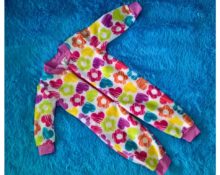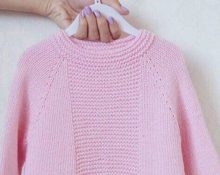Recently, traditional Russian shoes - felt boots - are gaining more and more popularity in fashion circles. Top models, at the suggestion of well-known couturiers, flaunt them on the main catwalks of the largest countries in the world. Of course, the appearance of such “new fashion items” has been somewhat modified to make it easier to fit into the everyday life of megacities. But nothing can change the very essence of this type of shoe: they are very warm, natural and smell of the Russian spirit in a good way.

Traditionally, such shoes are made from felted wool (in fact, the manufacturing process itself gave the name to the universally recognizable symbol of Russian culture), often from sheep, but in our time there are exceptions. For example, no one can be surprised by a product made from camel wool, the use of which adds lightness and fluffiness to the familiar appearance of felted wool boots.
When did felt boots appear in Rus'?
Scientists and archaeologists agree that our usual winter shoes begin their history before our era.Something resembling material from modern specimens was found during excavations on the territory of the Altai Mountains in one of the Pazyryk mounds.
Essentially, felt boots are shoes made of felt, and at one time many household items were made from it: bedding, bedspreads, carpets, some items of clothing (even linings for chain mail), horse blankets and much more. The most important advantage of using felt products is the versatility of this material: it is not hot in summer and not cold in winter, and it also perfectly removes moisture.
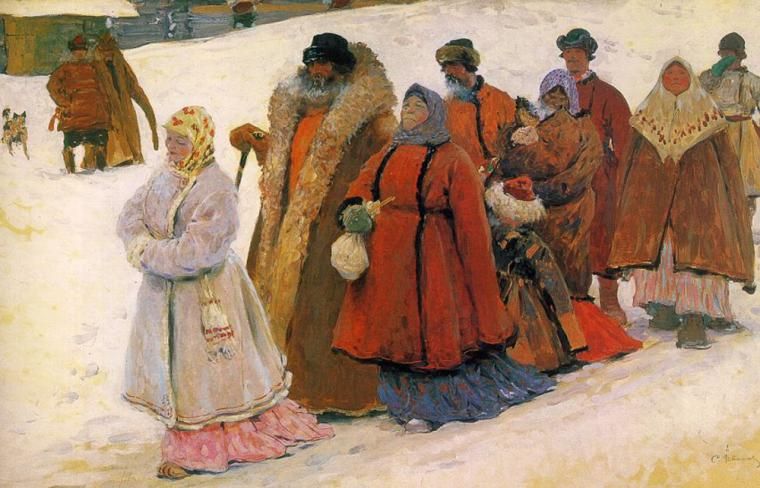
They are even mentioned in the famous “Tale of Igor’s Campaign”, and this, for a minute, is the 12th century. Of course, there is no need to talk about external similarity with the modern version, because the solid felt boot appeared in the Russian Empire only at the beginning of the 19th century. By the way, this pleasure was not cheap, and not every peasant in the country could afford such shoes. Of course, with the development of production, felt boots fell in price and became more accessible, but brides had a special interest in the groom who owned such a dowry.
Reference! To make one pair of felt boots you need about 1 kg of wool. Approximately this amount of material can be obtained by shearing one sheep of an ordinary breed and thoroughly cleaning the wool.
It was already during the Soviet Union that felt boots became generally available, and even today such shoes can be purchased at a fairly low price. In some northern regions of Russia they are still widely used in severe frosts.
Who invented felt boots
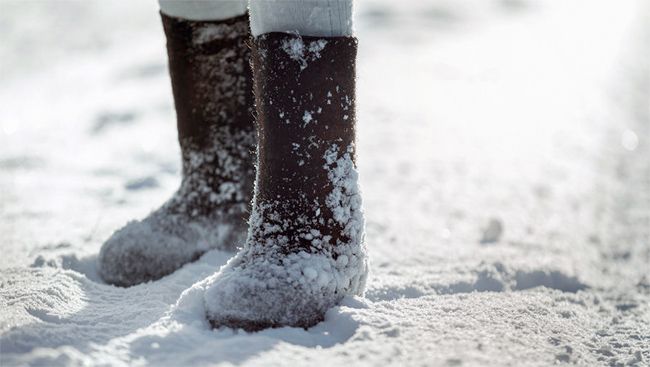
No matter how firmly boots in our perception are strongly associated with Russia, historians still believe that the prototype of this seemingly 100% domestic footwear came to us along with the legendary Golden Horde.Naturally, they looked different from the current ones, but the idea of creation is attributed specifically to nomadic tribes of Turkic or Mongolian origin.
It seems impossible to associate the very name “felt boots” with any specific historical figure, because, as in the case of the main centuries-old heritage of our nation, this word came from the people. It sounded, however, somewhat differently and varied from felt boots to wire rods. In any case, the name of these shoes reflects the manufacturing method.
The main producers in pre-revolutionary Russia were factories located in Kalyazinsky, Semyonovsky and Kineshma districts, as well as in the village. Kukmor.
Over the entire history of the existence of such boots, the essence of production has not changed; only recently have electric machines come to the aid of people for some stages of production. Basically, making felt boots is manual labor, and it consists of several stages.
- Cleaning and washing. Sheep wool should be separated from various debris. Afterwards, washing occurs in various solutions, washing and drying of the starting material.
- Combing. It is at this stage that machines are often used, since clean wool is loosened and rewound on rollers to form spools.
- Giving the future felt boots a shape. Using exclusively manual labor, woolen boots are formed: they are given a shape similar to the finished product, but much larger in size.
- Felting and drying. In a special machine or manually under the influence of steam and hot water, the felt boots are processed to the desired size, reduced, and put on the last. In this form, the shoes are dried for 6 hours under high temperature.

Modern manufacturing process
Nowadays, felt boots with soles are usually produced in order to make these shoes more versatile. And yet, in areas where winter is mainly accompanied by slush on the roads, it is better to give preference to models with a surface specially treated for such cases.
Interesting facts about felt boots
Why do these unique boots surprise curious minds to this day? Below we will present some fascinating facts, and you will understand that felt boots are truly unusual shoes, which have no analogues in the whole world.
- Fact 1. Felt boots, like fins, are not right or left (provided that we are talking about a model without a sole). They also fit evenly on your feet over time, so you need to purchase these shoes a size larger.
- Fact 2. Due to the material and manufacturing method, felt boots retain healing properties, like many natural wool products. They warm up the joints well and accelerate the blood, which is most important for the older generation.
- Fact 3. The largest felt boots appeared in St. Petersburg about three years ago; the length of the foot is 5 m. In the heel area there is a door through which anyone can go inside in the harsh winter and warm up. The smallest specimens in the world appeared in Omsk in 2012; the length of the sole does not exceed 3 mm.
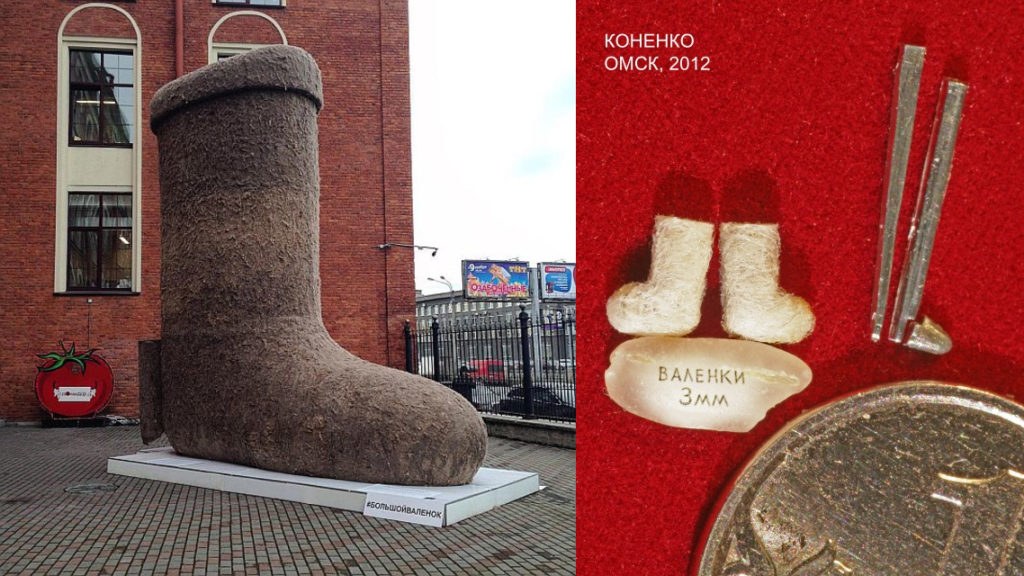
- Fact 4. Making felt boots on your own is quite possible. After all, felting wool has recently become a very popular activity, and there is quite a lot of information about making felt boots at home on the Internet.


 0
0